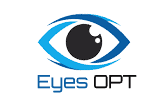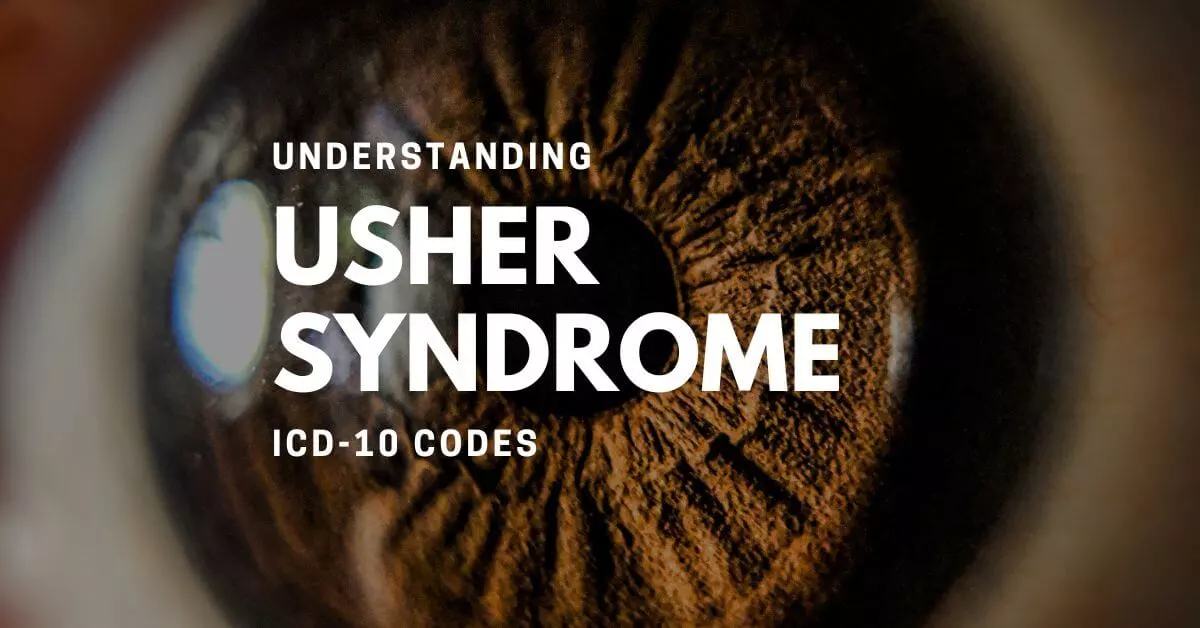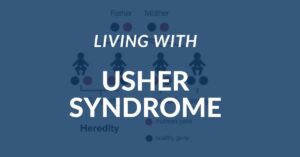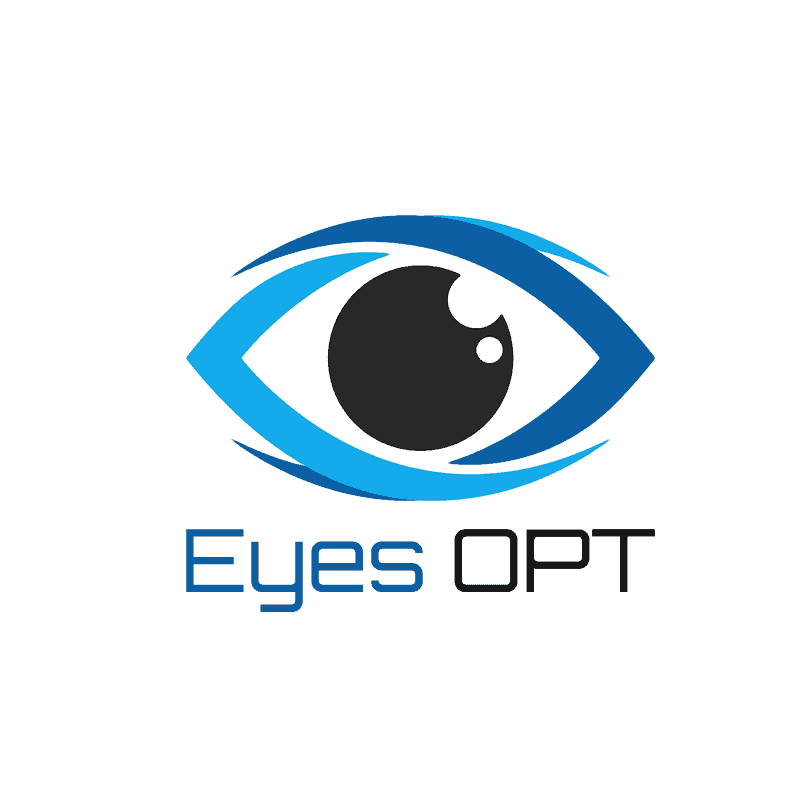In the world of doctors and medicine, there’s something special called “ICD-10 codes.” These codes are like secret words that help everyone understand different health problems. They are like puzzle pieces that fit together to tell a complete story about someone’s health.
Similarly, there are also ICD 10 codes for Usher syndrome. It is a rare condition that affects both hearing and vision. Let’s take a closer look these codes, including the specific ones for this syndrome, that help doctors understand and treat this issues in a better way.
Table of Contents
ToggleIs an ICD-10 Code a Diagnosis?
Before we dive into the specifics of Usher syndrome and its corresponding ICD-10 codes, let’s clarify what an ICD-10 code is. ICD stands for International Classification of Diseases, and the number 10 denotes the tenth edition of this comprehensive list.
It’s like a global dictionary of medical conditions, injuries, and diseases that doctors, researchers, and health systems use to communicate and categorize various health-related matters.
ICD-10 codes are essentially alphanumeric combinations (includes both numbers and letters) that help label and identify specific health conditions.
They act as shorthand for complex diagnoses and descriptions, making it easier for healthcare professionals to communicate about a patient’s condition, treatment, and progress.
Why is ICD-10 Important?
Imagine a world without a standardized language to describe medical conditions. Chaos, confusion, and miscommunication would reign. This is where ICD-10 steps in as a superhero of clarity.
Providing a universally recognized set of codes for diseases, conditions, and symptoms, ensures that medical information is consistent, organized, and easily accessible.
ICD-10 codes are not only used for documentation but also for billing purposes, research, and healthcare planning. When a doctor diagnoses a patient with a specific condition, that condition is assigned an ICD-10 code.
This code is then used by insurance companies to determine coverage, by researchers to analyze trends, and by policymakers to allocate resources effectively.
Usher Syndrome and Its ICD-10 Codes
Usher syndrome, a rare genetic disorder, serves as a right example of how ICD-10 codes come into play. This condition causes varying degrees of hearing loss and visual impairment, making it a challenging journey for those affected.
Understanding ICD-10 Code Composition
Understanding ICD-10 codes might seem like deciphering a secret language at first, but it’s not as complicated as it seems. Think of ICD-10 codes as shortcuts that doctors, nurses, and researchers use to talk about different health problems.
They’re like labels that help everyone quickly know what’s going on with a patient’s health. Each ICD-10 code is made up of letters and numbers. The first letter gives a big hint about the general category of the health issue.
For example, “H” often stands for problems related to the eyes. The numbers that come after the letter get more specific, like chapters in a book. They tell you more details about the condition.
For instance, let’s take the ICD-10 code H35.531:
- H designates the chapter, which is “Diseases of the Eye and Adnexa.”
- 35 specifies the subcategory within the chapter.
- .531 represents the subtype itself, containing additional information.
ICD-10 Code for Usher Syndrome
The comprehensive ICD-10 code for Usher syndrome is H35.5, which falls under Chapter 7, titled “Diseases of the Eye and Adnexa.” This code encapsulates the broad concept of Usher syndrome and acts as a starting point for further classification.
ICD-10 Code for Usher Syndrome Type 1
The specific ICD-10 code assigned to Usher syndrome type 1 (USH1), a rare genetic disorder characterized by profound congenital deafness and vestibular dysfunction, is H35.52.
This code not only communicates the presence of Usher syndrome but also pinpoints the subtype with distinctive characteristics, aiding in accurate diagnosis, targeted treatment strategies, and streamlined communication among medical experts.
As we delve deeper into the intricacies of the healthcare landscape, the significance of codes like H35.52 becomes apparent, paving the way for comprehensive care and enhanced medical collaboration.
ICD-10 Code for Usher Syndrome Type 2
The ICD-10 code designated for Usher syndrome type 2 (USH2), a genetic disorder characterized by moderate to severe hearing loss and normal vestibular function, is H35.53.
Within the framework of the International Classification of Diseases, this alphanumeric code encapsulates the essence of this specific subtype.
Beyond its apparent simplicity, H35.53 holds the key to accurate diagnosis, streamlined communication among healthcare professionals, and the formulation of tailored treatment plans
Usher Syndrome Type 2A and its ICD-10 Code
Usher syndrome type 2A (USH2A), characterized by moderate to severe hearing loss and visual impairments, is accompanied by a distinct ICD-10 code: H35.531. Beyond its apparent simplicity, H35.531 carries a wealth of information, pinpointing not only the Usher syndrome type but also its specific genetic basis.
This code facilitates accurate diagnosis, facilitates collaboration among specialists, and enhances our collective understanding of this complex condition.
In the symphony of medical coding, H35.531 plays a pivotal role, harmonizing precise communication and comprehensive care for those affected by Usher syndrome type 2A.
The ICD-10 Code for Senear-Usher Syndrome
Senear-Usher syndrome, also known as Schnitzler syndrome, is an exceptionally rare autoimmune disorder that combines features of both Usher syndrome and systemic lupus erythematosus.
The syndrome is characterized by skin lesions, often referred to as “lupus erythematosus tumidus,” and various ocular symptoms, including retinal abnormalities and vision impairments.
This unique combination of symptoms sets Senear-Usher syndrome apart in the landscape of medical conditions.
The ICD-10 code for Senear-Usher syndrome is L10.4. This alphanumeric identifier encapsulates the essence of the syndrome, making it recognizable and distinguishable in the sea of medical codes.
By using the code L10.4, healthcare professionals can effectively communicate the presence of Senear-Usher syndrome and contribute to a more comprehensive understanding of the patient’s condition.
In Conclusion
Understanding ICD-10 codes is like learning a special code language that doctors and healthcare experts use to talk to each other. By knowing a bit about these codes, we get a sneak peek into their world of communication.
We learn how they work together to quickly figure out what’s happening with our health and how to take care of us better. So, the next time you hear about ICD-10 codes, remember that they’re the superheroes behind the scenes, helping doctors and healthcare teams work together to keep us feeling our best.
Just like a puzzle coming together, these codes bring clarity to the complicated world of medicine, making sure everyone is on the same page when it comes to our well-being.



